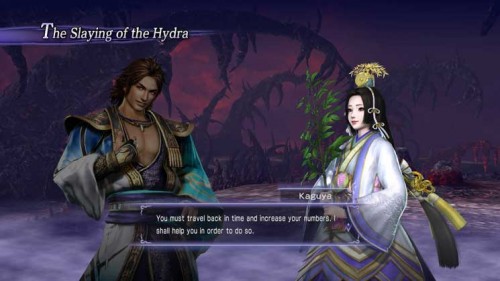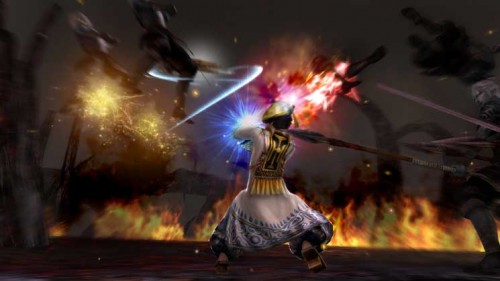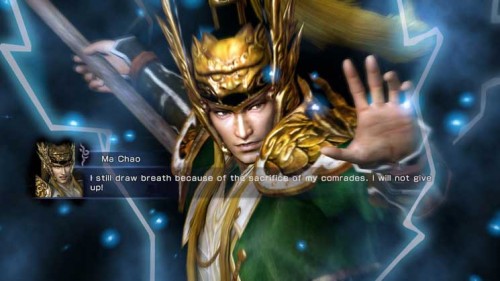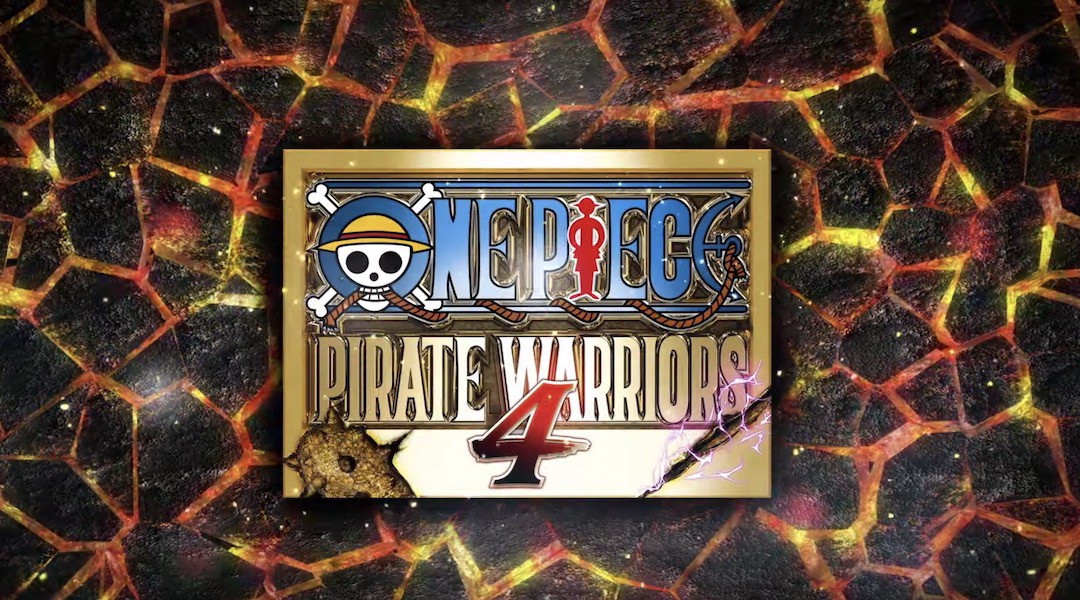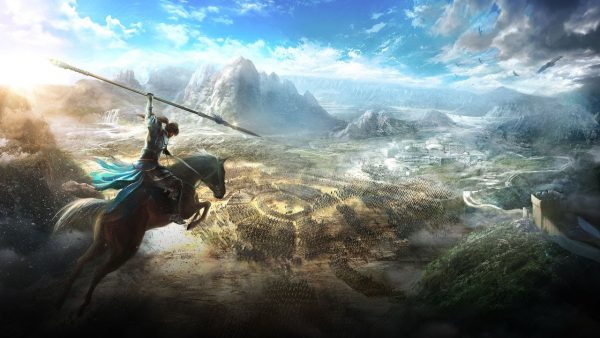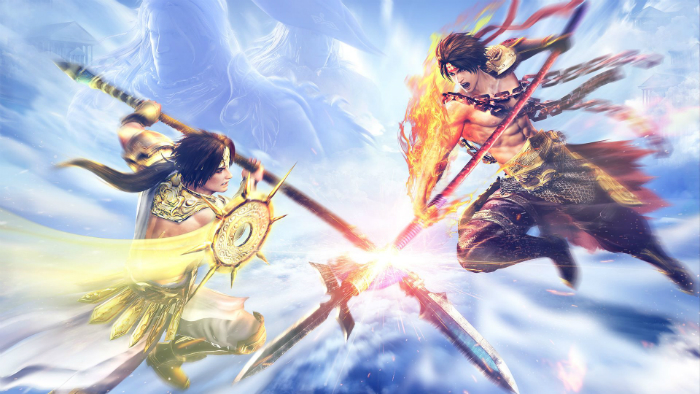
The musou genre is one that rapidly became a “love or hate it” affair. Popularised by the Dynasty Warriors series, the genre pits a single character against massive battalions of opponents in giant, pseudo-dynamic war grounds, occasionally mixing in capture/defend objectives and towering boss units to keep the formula varied and fresh. Those that love musou titles will almost assuredly tell you it’s because of the grandiose scale and mayhem of every battle that they keep playing. And it would be hard to argue against them. Playing a musou game can be, at times, like being thrust into the control of a single unit amidst a Total War-esquel battlefield populated by hundreds, if not thousands of enemy forces.
On the other end of the spectrum, those not in favour of musou will generally cite low production values, clumsy mechanics, bugs, and an overbearing “cheap” and “rushed” sensation whenever engaging with the distinctly Japanese titles. And these people too would be difficult to counter. The musou genre’s popularity and acclaim, especially in Asian regions, has turned the formula into a farmhouse, producing new games on an almost annual basis. We’re on the verge of the eighth Dynasty Warriors since the debut in 1997, and that’s excluding the Samurai Warriors and Warriors Orochi (along with countless other) spin-offs. On top of this we have the musou genre being the first call to arms for anime property owners looking to adapt their work to videogames. Fist of the North Star: Ken’s Rage, and its sequel. One Piece: Pirate Warriors, and its upcoming sequel. The Dynasty Warriors: Gundam series.
The point is there’s a whole lot of musou games, they’re made pretty damn quickly and frequently, and for many gamers it shows.
Celebrating the Wii U’s launch late last year, Tecmo Koei felt fit to port across one of their most recent musou titles: Warriors Orochi 3. The original release harkens back to early 2012 on Xbox 360 and PlayStation 3, so to bridge the time gap Koei has ‘enhanced’ the Wii U port with a slim picking of extras (a couple of new characters, ‘Dual Mode’, off TV play, etc), and re-branded it as Warriors Orochi 3 Hyper. An absence of truly redeeming extras would be irrelevant if being late to the Warriors Orochi 3 party was of no concern and the core game remained intact, but even above as I refer to Warriors Orochi 3 Hyper as “enhanced” I feel I’m grossly misleading whoever may be reading this. Warriors Orochi 3 Hyper is not enhanced. It is impaired.
Before I get into where Warriors Orochi 3 Hyper goes wrong, I need to emphasise that at its core the game is really quite fun. A cheesy though enjoyable premise has a band of warriors struggling against a menacing world-ending hydra demon that, though unbeatable in direct conflict, can be beaten through…time travel. The game opens with an inevitably doomed climatic battle against the beast, only to have the trio of heroes saved by a time travelling Geisha-like spirit. From then on, the warriors are given the chance to travel back in time and rescue comrades from past battles against the Hydra’s forces, thus ensuring their survival in the present and bulking out your own army. It’s pretty silly, but it’s a suitably crazy premise to lead the player through many exciting battles.
Warriors Orochi 3 Hyper retains similar functionality to all musou games: sequences of attacks include quick, charge, and ranged, along with combo abilities for chaining together super moves. With three warriors active in every level, I was quite happy to see the game disregard any attempt at slow, methodical hero switching in favour of rapid, multi-character combos. With the tap of a button you can instantly swap between party members, to the point where attacks from one can be directly chained into attacks from another. Charge attacks also make use of the trio, unleashing a hilariously bombastic barrage of death dealing neon colours. For me personally, this is the heart of a musou game: one (or in this case, three) dude against hoards of nasties, somehow mowing down entire packs with the tap of a button or two. Effortlessly burning the combo gauge well into the hundreds, and growing, is a joy of every musou game, and it’s no different with Warriors Orochi 3 Hyper.
And despite a (warranted) reputation for rushed titles, I have to admit Warriors Orochi 3 Hyper is crammed full of content. There’s a lot of levels to churn through if you intend to complete the entire game. Plenty of battles across a decent assortment of battlefields, the game doing its best to keep the action flowing from encounter to encounter. Extras include custom battlefield variables, versus mode, and so on. Little things like Wii U off-screen play are also neat, though expected, so if you really want to you can curl up in bed as you take on the hoard. I was also happy to see Miiverse screenshot functionally patched in post launch. Would be pretty poor form for a Wii U title to not use one of the system’s integral features.
With so much fun to see and do, Warriors Orochi 3 Hyper would seem like a natural recommendation to every Wii U musou fan. Instead, Koei’s port work here so tragically embodies the concept of “rushed”, that Warriors Orochi 3 Hyper falls under the weight of issues that have always plagued the genre greater than ever before. And I’m talking about pop-in and framerate.
Pop-in issues are not unusual for musou games, but with Warriors Orochi 3 Hyper the issues are extreme. Entire mobs, both allied and opposing, will phase in and out of existence mere meters in front of the player, making it near impossible to truly gauge just who or how many opponents you’re caught in the middle of. The simplistic though enjoyable combat system falls victim to fluctuating enemies. On more than one occasional I was trampled by a charging horseback warrior who rendered into the battle about a foot ahead, giving me a split second (if that) to react. Given these issues are prevalent with NPCs already so close to the player, you can probably imagine it’s even worse with opponents on the horizon. Be prepared to use your mini-map as the only reliable source of intel, as surveying the battlefield with your eyes is destined to surprise with previously assumed safe and empty fields and mountain passes instead littered with opponents that won’t render in until too late.
The musou series is hardly known for deep, complex battle systems. On lower difficulties most everything can be winged by mashing away. But it’s rare to see programming issues actively hinder such mechanics. It’s simply not possible to play Warriors Orochi 3 Hyper with the same level of tactical knowledge and player feedback as the original Xbox 360 and PlayStation 3 release from almost twelve months ago. In the simple act of play, it’s an objectively and distinctly far worse experience.
You’ll also be wrestling with the schizophrenic unreliable framerate. Again, framerate has hardly been a staple of musou titles, but again Warriors Orochi 3 Hyper on the Wii U somehow manages to fall below the original release. With most games framerate troubles are consistent and predictable: big battles, detailed scenes, and so on. Not so much with Warriors Orochi 3 Hyper. I’ve seen the framerate plummet because I looked in the wrong direction, despite no obvious visual discrepancy that should cause such a drop. Some massive battles retain a solid framerate, while other marginally smaller battles will drop noticeably.
And as a cherry on top, Warriors Orochi 3 Hyper has lower resolution textures than the original release. Delicious.
What else is there to say? Buried underneath Warriors Orochi 3 Hyper‘s technical issues is a genuinely enjoyable musou game. And I can, with confidence, recommend it to any Wii U owner willing to look past severe technical faults for an experience that is, at this point in time, unique to the system’s library. I’d hope these people only own a Wii U though, because no self respecting gamer should bother with this port if they already own an Xbox 360 or PlayStation 3. Warriors Orochi 3 Hyper‘s crushing under technical issues are so spectacular that I haven’t really seen a port this obviously borderline “broken” since the early PlayStation 3 days. It’s not just the worse graphics and sporadic framerate, it’s the gameplay hindering pop-in that changes the formula from a excitingly busy, if clumsy and clunky battlefield to a trial and error whack-a-mole warzone of unpredictable encounters.
Warriors Orochi 3 Hyper, the game released for the Wii U, is as average as average can be, and a prime example of how not to port a game. Here’s to hoping subsequent musou titles on the Wii U fare much, much better.
Fun, as musou games are | Lots of content
Awful technical issues continually hampering gameplay

